10+ Years Experience
Specialist Spray Painters

Bridge painting is a crucial aspect of maintaining the structural integrity and aesthetic appeal of bridges.
In this article, we will explore the importance of bridge painting, the types of bridges that require painting, the step-by-step process involved in bridge painting, the different types of paint used, safety measures to be followed, the longevity of bridge painting, and the cost associated with this maintenance.
Contact our commercial painting experts today for help and support with regards to bridge painting.
Bridge painting is a crucial aspect of infrastructure maintenance that involves applying protective coatings to steel structures to prevent corrosion and ensure longevity.
Proper surface preparation is essential before applying the protective coatings during the bridge painting process. It involves cleaning the steel surface from rust, dirt, and contaminants to ensure optimal adhesion of the coatings.
Surface preparation methods such as abrasive blasting, power tool cleaning, and solvent cleaning are commonly used to remove existing coatings and provide a clean substrate for the new protective coating. This step is crucial in enhancing the durability and effectiveness of the coatings in protecting the steel structure from environmental elements.
Bridge painting plays a vital role in bridge maintenance by providing corrosion protection, enhancing aesthetics, and minimising the environmental impact of deteriorating structures.
By applying high-quality paint coatings to bridge surfaces, the protective barrier shields the underlying structure from the damaging effects of moisture, chemicals, and weathering. This helps to extend the lifespan of the bridge and ensure its structural integrity over time.
The fresh coat of paint can significantly enhance the visual appeal of the bridge, making it more attractive to those who utilise and admire the structure.
Proper bridge painting practices play a crucial role in reducing the carbon footprint and environmental consequences associated with corrosion, by preventing rust and metal degradation that can lead to costly repairs and potential safety hazards.
Different types of bridges require painting, including steel structures that need protective coatings and concrete bridges that benefit from surface coatings for preservation.
Steel bridges are vulnerable to corrosion due to exposure to harsh environmental conditions, necessitating the use of specialised coatings to prevent rust and deterioration. On the other hand, concrete bridges primarily require coatings to protect against water infiltration and chemical degradation, which can weaken the structure over time.
Tailored surface coatings for each bridge type are essential to ensure long-term durability and structural integrity. By understanding the unique needs of steel and concrete bridges, bridge painting professionals can apply suitable coatings that offer maximum protection and longevity.
Metal bridges are prime candidates for bridge painting due to their susceptibility to corrosion, requiring industrial painting techniques to protect the steel structures effectively.
Without proper maintenance and protective coatings, metal bridges are at risk of deterioration from exposure to environmental elements such as moisture, salt, and pollution. Specialised industrial painting methods like abrasive blasting and high-performance coatings are utilised to create a barrier between the steel surface and corrosive agents.
These protective coatings not only enhance the aesthetic appeal of the bridge but also extend its lifespan by preventing rust and corrosion from compromising the structural integrity.
Concrete bridges require bridge painting for preservation purposes, using specific paint systems to enhance durability and prolong the structure’s lifespan.
By applying high-quality paint, concrete bridges are protected from environmental elements such as moisture, UV rays, and chemicals that can cause corrosion and decay. The paint systems used include primers, intermediate coats, and topcoats, each serving a distinct purpose in providing long-lasting protection.
These systems not only provide a protective barrier but also enhance the aesthetics of the bridge, making it visually appealing. Ultimately, painting concrete bridges is a vital maintenance strategy that ensures their structural integrity and safety for years to come.
The process of bridge painting encompasses essential steps such as thorough surface preparation, precise paint application, and adherence to maintenance schedules for long-term effectiveness.
Surface preparation holds a crucial role in ensuring the durability and longevity of a freshly painted bridge. This step involves thorough cleaning, removal of old paint, rust, and contaminants to create a smooth and clean surface. Proper surface preparation is vital for the paint to adhere correctly and provide maximum protection against elements.
The method of paint application, whether by spraying, brushing, or rolling, also plays a significant role in achieving a professional finish. Following a regular maintenance schedule is key to preserving the quality and appearance of the bridge over time.
Surface preparation is a critical phase in bridge painting that involves thorough inspection, cleaning, and adherence to specific paint specifications for optimal coating adhesion.
During the inspection phase, experts carefully assess the bridge for any existing damage, corrosion, or structural issues that may impact the painting process. This thorough evaluation is crucial for identifying potential problem areas that need special attention.
Subsequently, the cleaning procedures are meticulously carried out to remove dirt, rust, old paint, and contaminants that could hinder the new paint’s adhesion. Following this, strict adherence to the precise paint specifications is essential to ensure the longevity and durability of the coating, safeguarding the bridge from corrosion and wear.
Priming is a foundational step in bridge painting that involves applying specialised coatings using precise paint application methods to facilitate effective bridge refurbishment.
It is crucial because it not only prepares the surface for the topcoat but also enhances adhesion and durability of the paint. The right primer can seal porous surfaces, prevent corrosion, and provide a uniform base for the paint to adhere to.
Various paint application methods such as spraying, brushing, and rolling can be employed for optimal results. Spraying is often preferred for large bridge surfaces as it provides a smooth, even finish while reducing application time. Proper priming contributes significantly to the success of bridge refurbishment projects by ensuring long-lasting protection and aesthetic appeal.
The painting phase of bridge maintenance focuses on restoring the structure’s appearance, enhancing aesthetics, and contributing to overall bridge restoration efforts.
This stage not only serves a functional purpose by protecting the bridge from corrosion and weather damage but also plays a crucial role in reviving the visual appeal of the structure.
By carefully selecting colours, finishes, and application techniques, the painting process can transform a bridge into a striking architectural element within its surrounding environment.
The act of repainting bridges can align with broader restoration initiatives, preserving historical significance and ensuring the longevity of these vital transportation landmarks.
The finishing phase of bridge painting involves the application of protective coatings and final touches to ensure structural integrity, longevity, and manage bridge maintenance costs effectively.
These protective coatings play a crucial role in safeguarding the bridge against corrosion, weathering, and environmental factors, ultimately extending its lifespan.
The meticulous application of these coatings not only enhances the aesthetic appeal of the bridge but also adds an extra layer of protection.
Completing the finishing touches, such as ensuring uniform coverage and addressing any imperfections, is essential to achieving a smooth and durable finish.
By investing in these final stages of the painting process, bridge owners can greatly reduce the need for frequent maintenance and repairs, thus saving on overall maintenance costs in the long run.
Bridge painting utilises various types of paint systems, including epoxy paint known for its durability and polyurethane paint favoured for its protective qualities against environmental elements.
Epoxy paint is a popular choice for bridge painting due to its resilience, versatility, and compatibility with stringent paint specifications required for comprehensive bridge maintenance programmes.
This specialised paint not only provides excellent protection against harsh weather conditions, UV exposure, and corrosion but also offers a smooth and glossy finish that enhances the aesthetic appeal of bridges.
Its superior adhesion properties ensure long-lasting results, even in high-traffic areas where abrasion and wear are common. Epoxy paint is known for its quick drying time, allowing for efficient application and reducing downtime during maintenance projects, making it a cost-effective solution for preserving the structural integrity of bridges.
Acrylic paint is commonly used in bridge painting projects for its fast-drying properties, ease of application, and suitability for various bridge maintenance projects requiring efficient turnaround times.
This type of paint is known for its ability to dry quickly, which is particularly advantageous in bridge painting where time constraints are often critical. Due to its rapid drying nature, acrylic paint allows for faster project completion, minimising disruptions to traffic flow on the bridge.
Its ease of application makes it a preferred choice among contractors and maintenance crews, enabling them to efficiently coat large surface areas with precision and effectiveness. This convenience not only saves time but also contributes to the overall durability and longevity of the bridge structure, making it a reliable option for time-sensitive bridge maintenance projects.
Polyurethane paint stands out in bridge painting for its exceptional corrosion protection properties, compliance with stringent bridge maintenance standards, and long-term durability in harsh environmental conditions.
This type of paint creates a strong barrier against rust and corrosion, extending the lifespan of the bridge structure and reducing the need for frequent repainting. By meeting industry maintenance standards, it ensures that bridges remain safe and structurally sound over time. Polyurethane paint is resistant to UV exposure, chemicals, and extreme weather conditions, making it an ideal choice for bridges that face challenging environmental factors such as coastal saltwater exposure or heavy industrial pollution.
Bridge painting requires strict safety measures, including wearing protective equipment to ensure worker well-being and maintaining bridge safety standards throughout the painting process.
Adherence to safety procedures is essential to avoid accidents and create a safe working environment. Protective equipment such as hard hats, safety glasses, gloves, and harnesses are crucial in protecting workers from potential risks like falls and exposure to hazardous substances.
By adhering strictly to bridge safety standards, workers not only protect themselves but also enhance the overall effectiveness and success of the painting project.
The use of proper protective gear is paramount in bridge painting to safeguard workers from potential hazards, ensuring their safety and compliance with bridge maintenance equipment guidelines.
This gear includes but is not limited to hard hats, safety goggles, respirators, gloves, ear protection, and safety harnesses.
Hard hats protect the head from falling objects, whilst safety goggles shield the eyes from splashes and fumes. Respirators are crucial for filtering out harmful particles, and gloves provide hand protection from chemicals. Ear protection helps guard against noise-induced hearing loss, and safety harnesses ensure fall protection.
By adhering to these guidelines and using the recommended protective gear, workers can significantly reduce the risk of accidents and injuries whilst engaged in bridge painting tasks.
Utilising appropriate equipment is essential in bridge painting to facilitate efficient paint application, adhere to specific paint systems, and meet stringent bridge maintenance standards for quality assurance.
The choice of equipment, such as airless sprayers and blasting machines, plays a crucial role in ensuring that the paint is applied evenly and effectively across the bridge structure. Proper equipment not only enhances productivity but also contributes to the longevity of the paint system.
By following industry maintenance standards, bridge maintenance teams can prolong the lifespan of the bridge structure, prevent corrosion, and maintain its aesthetic appeal. Compliance with designated paint systems further guarantees durability and protection against harsh environmental elements, making proper equipment selection a vital aspect of successful bridge painting projects.
Adhering to established safety protocols is crucial in bridge painting to mitigate risks, maintain efficient bridge maintenance procedures, and uphold the highest safety standards throughout the project.
Ensuring that safety measures are strictly followed not only reduces the likelihood of accidents and injuries but also enhances the overall efficiency of maintenance tasks. By prioritising safety, bridge painting operations can proceed smoothly, without unexpected disruptions or delays. By instilling a culture of safety amongst workers, the project can progress with confidence knowing that the well-being of the team is safeguarded and the structural integrity of the bridge is being upheld to the highest standards.
Bridge painting typically lasts up to 25 years.
The longevity of bridge painting depends on various factors, including adherence to maintenance schedules, the quality of paint application, and the extent of bridge refurbishment carried out.
Regular maintenance is crucial to ensure that the painted surface remains intact and protected from environmental elements. Properly applied paint not only enhances the aesthetics of the bridge but also acts as a shield against corrosion and wear.
When bridge refurbishment is properly executed, it can significantly extend the lifespan of the painting, reducing the frequency of repainting and overall maintenance costs. Investing in high-quality materials and expert application can make a substantial difference in the durability and longevity of bridge paintings, ensuring that they stand the test of time.
The cost to paint a bridge can vary from £5-25 per square foot.
The price of bridge painting varies based on factors such as paint specification, project size, required services, and the extent of bridge maintenance costs involved in the painting process.
Paint specification plays a crucial role in determining the cost of bridge painting. Higher quality paints with specialised features and protective coatings tend to be more expensive but offer long-term durability and protection, reducing maintenance costs in the future.
Painting contractors often provide a range of services, including surface preparation, primer application, paint application, and post-painting inspections. The overall impact on bridge maintenance costs is significant, as proper painting helps prevent corrosion, rust, and structural degradation, ultimately extending the lifespan of the bridge.
There are a range of other services that we can provide. Have a look at the list below for more information:
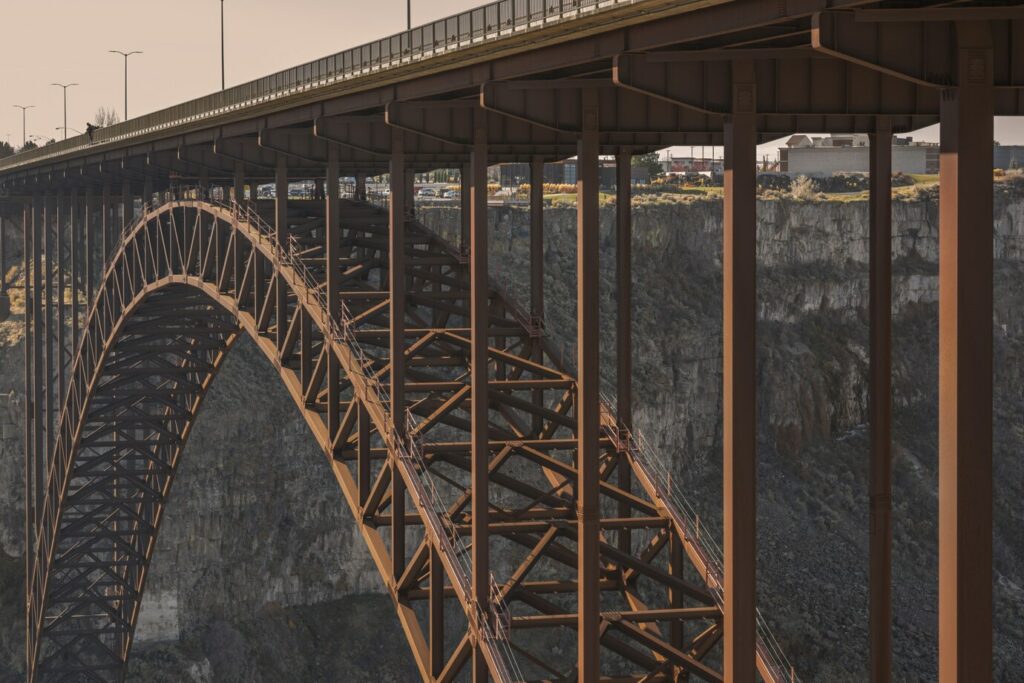
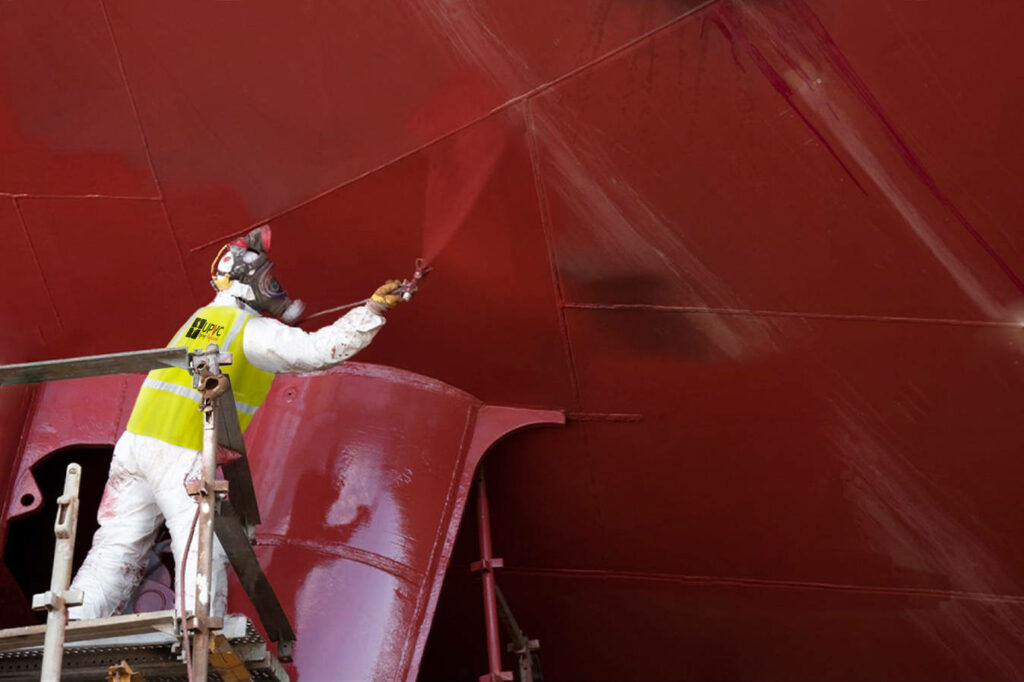
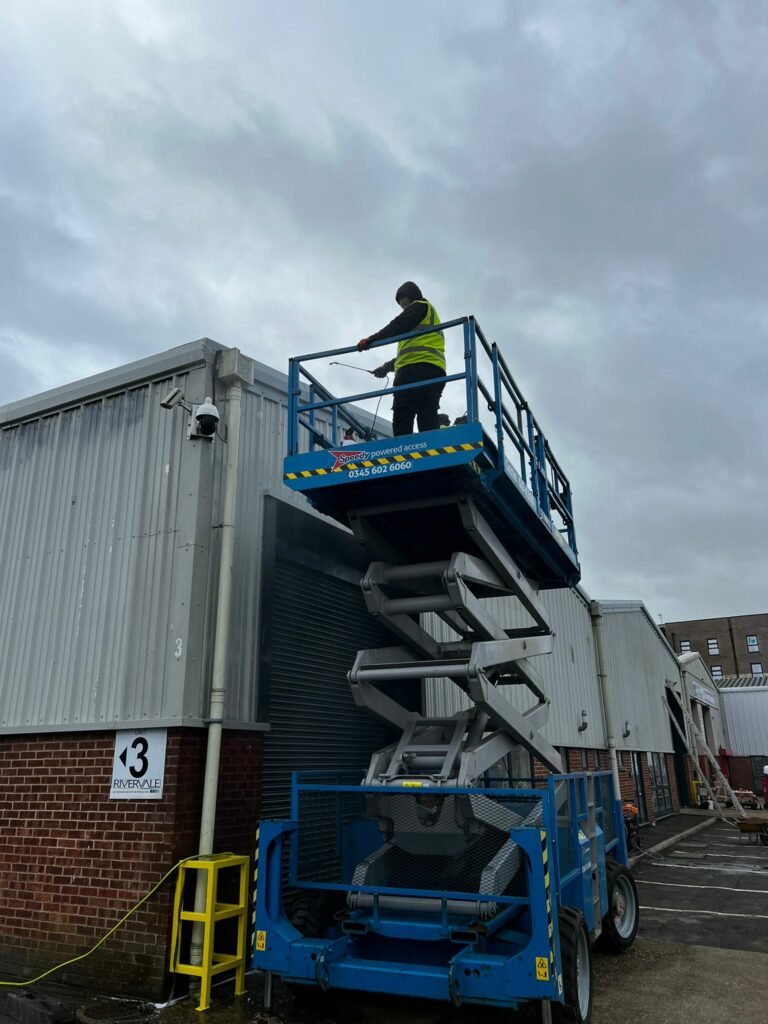
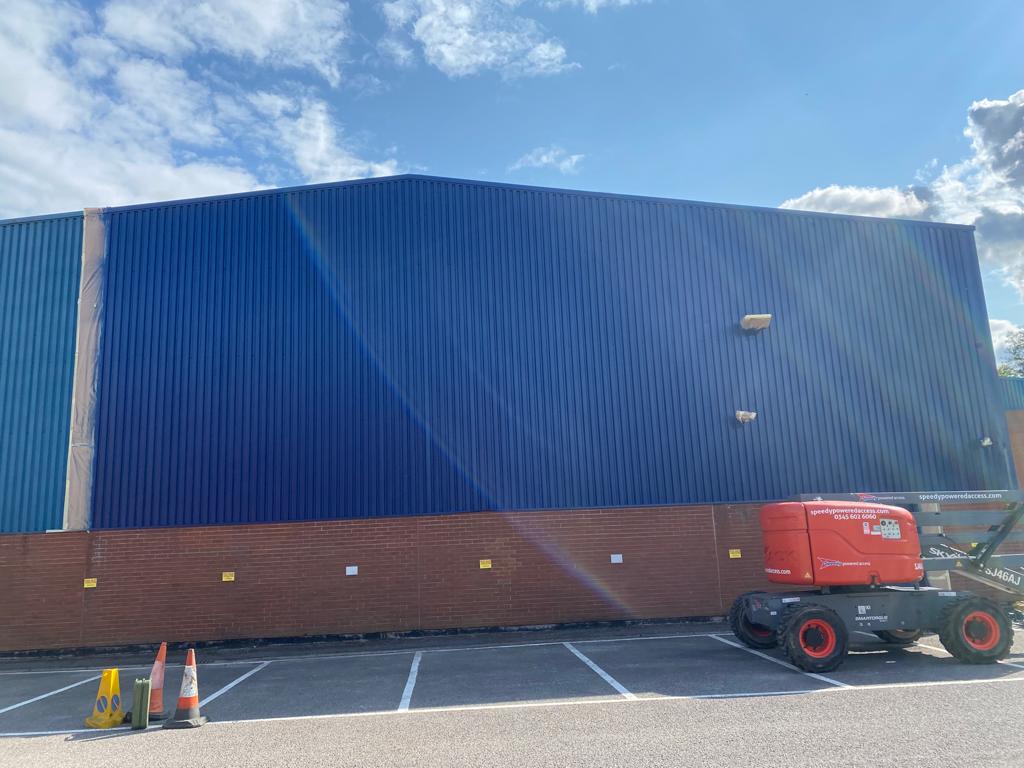
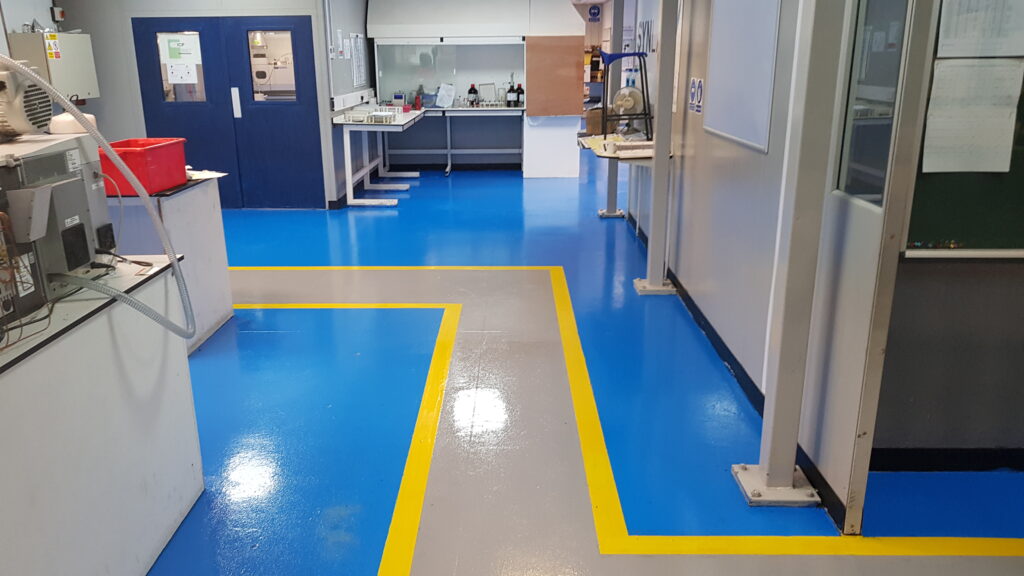


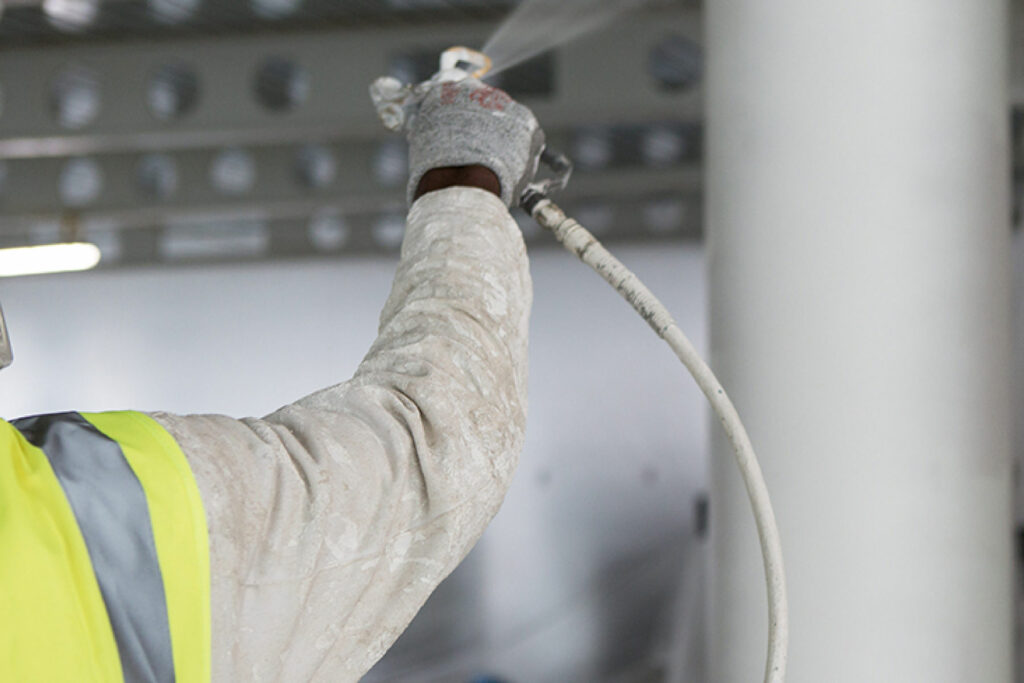
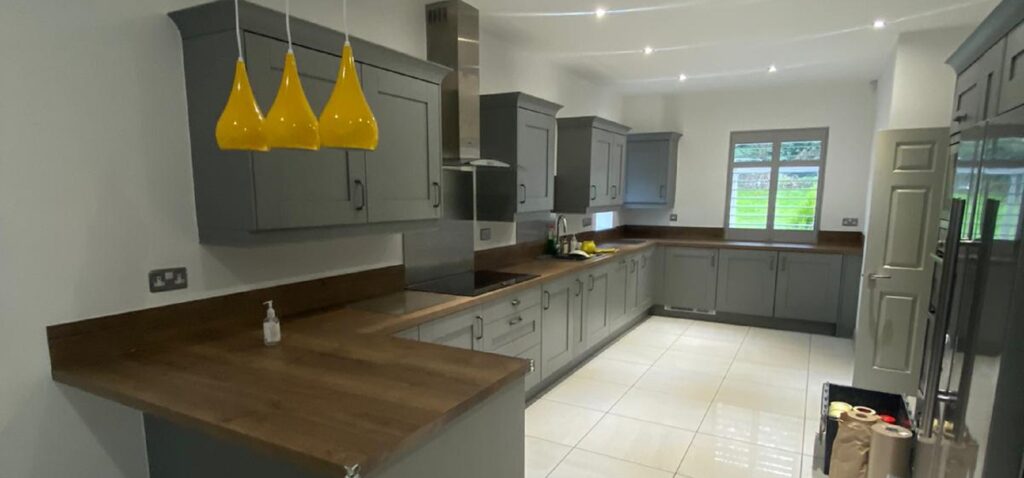


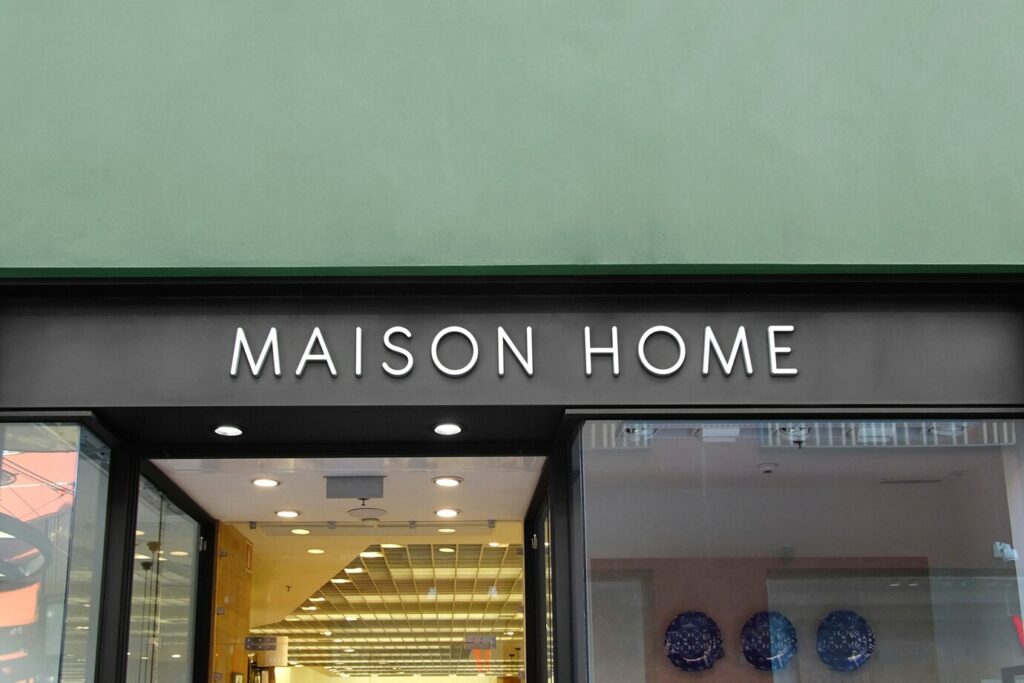

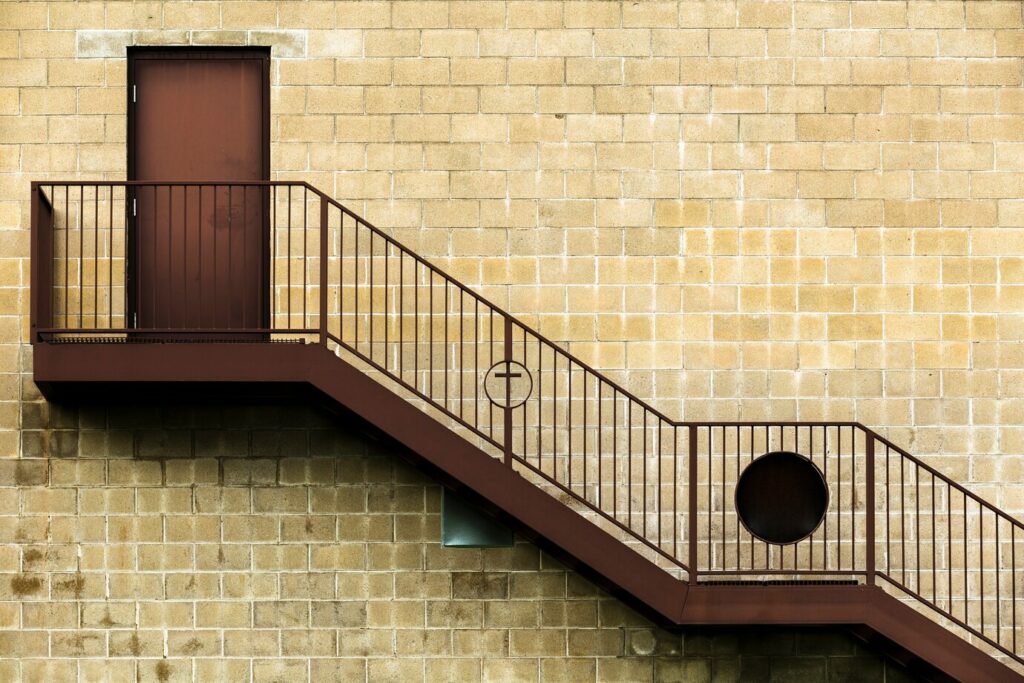
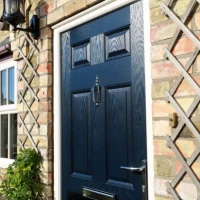
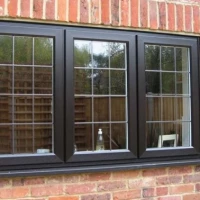
We Aim To Reply To All Enquiries With-in 24-Hours